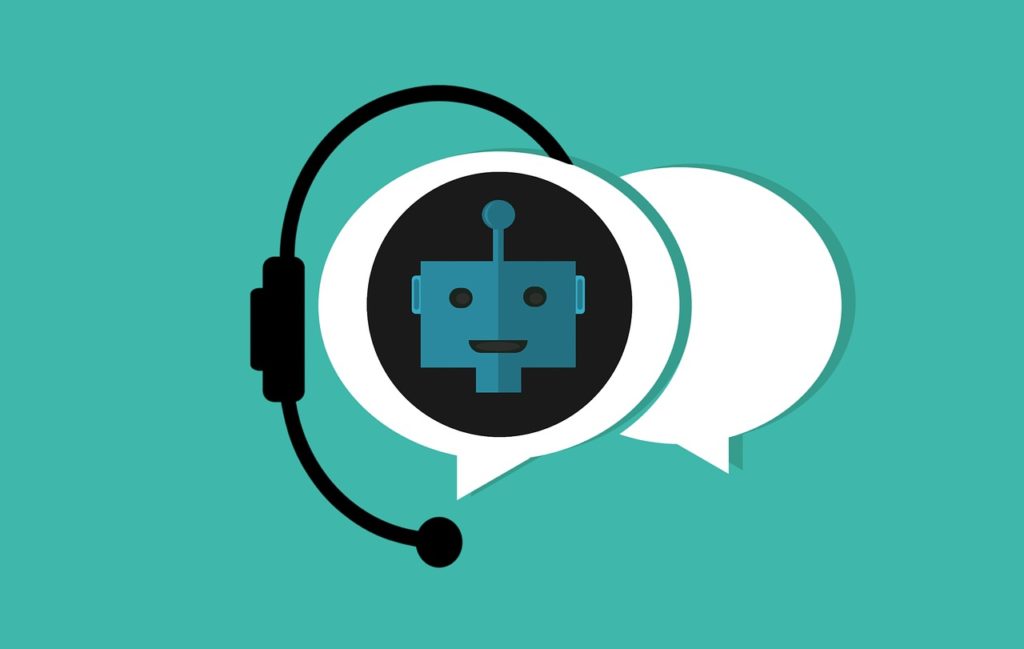
With the titles virtual assistants and chatbots being discussed around constantly, there has been a series of uncertainty regarding the two technologies both virtual assistants and chatbots. With a steady movement of easy to produce chatbot engines circulating the market, one needs to bear in mind that the roles or extents of both these modern technologies are quite different.
For instance, one user revealed that the principal distinction is that a chatbot is mainly utilized for server or business purposes while the virtual assistants like Cortana or the more well-known technology Siri are primarily designed for users.
Bots are particularly programmed for specified selective designs and they usually execute repetitive jobs. Bots cannot change responses and are quite predictable in their field of work.
Both, chatbots and virtual assistants highlight a human interface operation, but in methods that are separate from each other. The two technologies are somehow capable of recognizing what the person is saying and possess in-built responses to provide to the specific user.
Here is how the main interface of chatbots and virtual assistants contrasts in various features:
Ability to Maintain Interaction With a Person
Virtual Assistants: VAs have a very advanced interactive program. Virtual assistants understand not merely the language also the definition of what the operator is saying as well.
They are capable of learning from situations and present an unpredictability to their behavior. That way, virtual assistants can maintain a long interaction with humans, hence VAs can be set to perform slightly complex duties as well.
Chatbots: On the other hand, Chatbots are usually text-based and are expected to respond to hardly a specific set of statements or questions. If the concern asked is different than the learned collection of replies by the person, then they are likely to fail.
Chatbots are incapable of holding long, steady human interaction. As part of the long-established practice, chatbots are text-based but pictures and audio can also be utilized for interaction. They give more similar to a FAQ (Frequently Asked Questions) kind of interaction. They can’t process languages specifically
Performing Specific Tasks
Virtual Assistants: Like modern Robots, they have a broader range and can execute a series of tasks, for instance differentiating products or obtaining the most suitable merchandise based on the provided features.
Virtual assistants are also stationed in jobs like e-commerce and decision making. They can execute actions like playing music, providing updates on the stock market, sharing jokes, and even maneuvering the electronic devices in the room. Unlike the chatbots, virtual assistants evolve constantly with steady use.
Chatbots: They possess a restricted use and does not hold advanced algorithms in fields client support and automated buying installed in them. Chatbots merely adhere to tasks based on simplistic rules and incapable of performing complicated tasks. Nowadays, nearly all customer service interactions or requests are electronic.
Related: Are Chatbots In Customer Service A Good Idea For Businesses?
Natural Language Understanding and Processing
Virtual Assistants: They primarily focus on NLP (Natural Language Processing) and NLU (Natural Language Understanding).
Also, there has been a large volume of research in NLP to create advanced abilities in VAs; case in detail employ that Virtual Assistants can now learn slang being used in everyday typical conversations and analyze the viewpoints by the application of languages, to improve an even better set of interaction skills. The Natural Language Processing is what makes VAs more conversational compared to chatbots.
Chatbots: They are not made to respond to a difference in the utilization of language. Chatbots don’t have extensive language processing abilities. They only choose particular words from the person and replies to it with an answer installed into it.
Moreover, chatbots have an organized dialogue and are particularly programmed to answer certain questions to another and it can’t respond to difficult questions that aren’t programmed in them. In such a state, they can’t understand the client and are incapable of replying properly.
To Conclude
Artificial Intelligence uses have grown at an incredible pace and are granting unbelievable value. Technology-focused businesses are developing AI applications to assist organizations to boost income, increase business potency and innovate market operations.
Both virtual assistants and chatbots hold great skills to help transform the business sector. The deciding focus is to recognize the right fields of application in your company to make good use of both these applications.
Featured Image by mohamed Hassan from Pixabay.